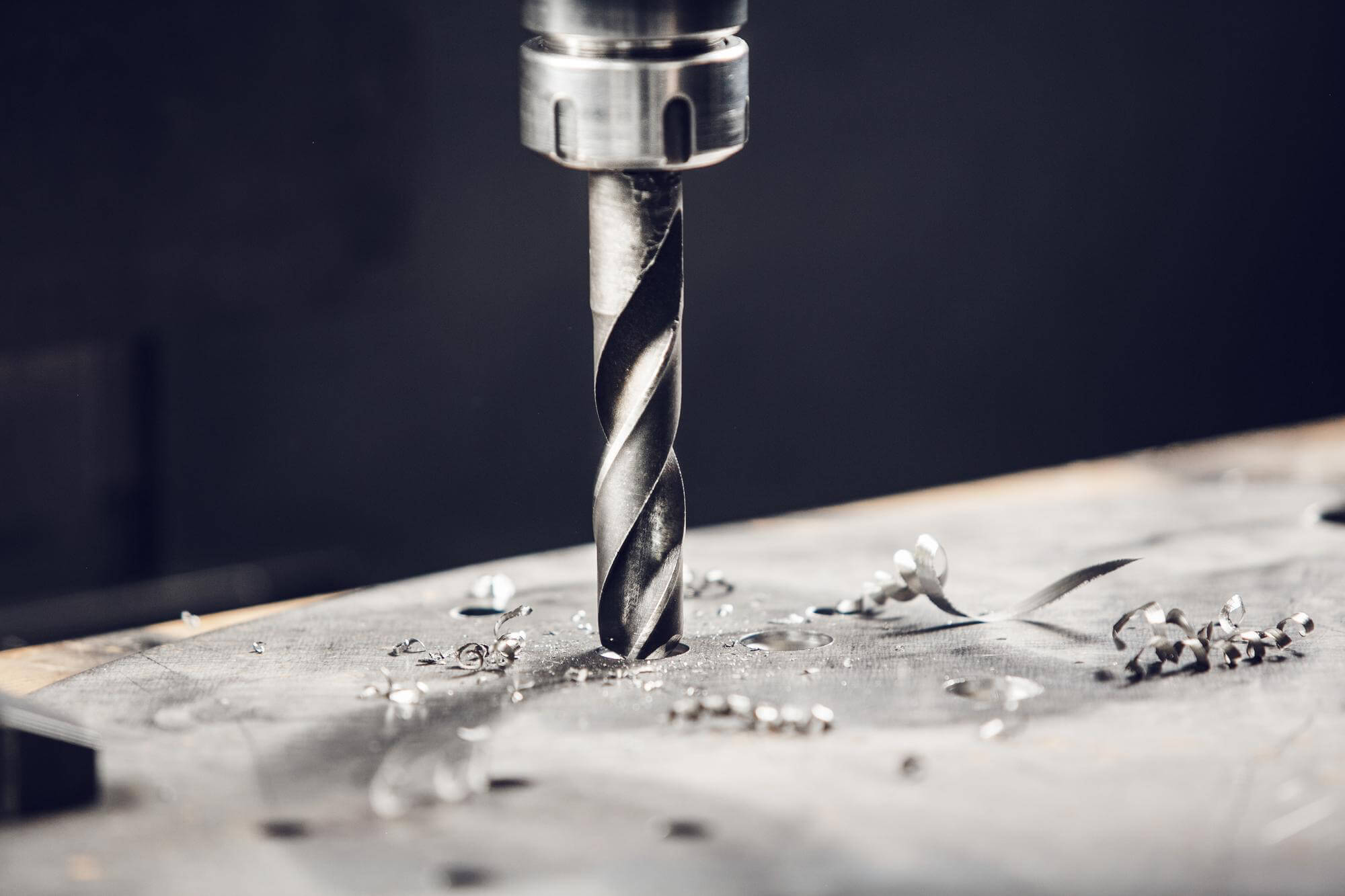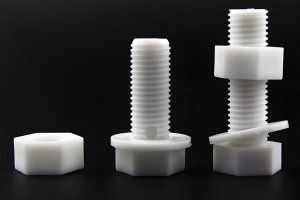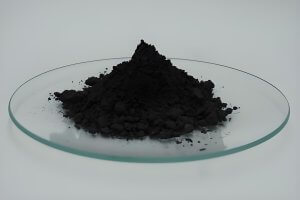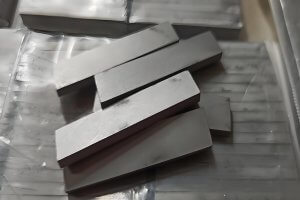When it comes to CNC machining, the choice of tools can make a world of difference. Over the past 30 years, advanced cutting tools have been developed to meet the demands of high-speed machining, and among these, diamond tools stand out for their exceptional performance.
Diamond Tools: The Basics
Diamond, a form of carbon, is the hardest natural material known. There are two types of diamond tools: natural diamond tools and synthetic diamond tools. Synthetic diamonds are made by converting graphite under high pressure and temperature with the aid of a catalyst. These diamonds have extreme hardness and wear resistance, with a microhardness of up to HV10000.
Natural vs. Synthetic Diamonds
Natural diamond tools are prized for their hardness but are also quite brittle. They can easily crack under impact, making them expensive and somewhat impractical for many applications. This is where synthetic diamonds come into play. Polycrystalline diamond (PCD) tools, developed in the 1960s, are made by sintering diamond powder with a metallic binder at high temperatures and pressures. PCD tools combine the hardness of diamond with improved toughness and are much more cost-effective than natural diamonds.
PCD tools are usually made by bonding a thin layer of polycrystalline diamond to a carbide substrate. This combination offers excellent wear resistance and is easier to shape and mount compared to natural diamond tools. As the manufacturing industry has advanced, the use of PCD tools has increased significantly, with global sales reaching $230 million by 1997.
Physical and Mechanical Properties of Diamond
Diamond’s unique properties make it an ideal material for cutting tools:
- Extreme Hardness and Wear Resistance: Diamond tools can last 60-120 times longer than carbide tools.
- Low Friction Coefficient: The friction coefficient between diamond and non-ferrous metals is significantly lower than that of other cutting tools, reducing deformation and cutting forces.
- High Thermal Conductivity: Diamond’s thermal conductivity is 1.5-9 times higher than that of carbide, helping to dissipate heat and maintain lower cutting temperatures.
- Low Thermal Expansion: Diamond’s thermal expansion coefficient is much lower than that of carbide, ensuring dimensional stability during cutting.
- Sharp Cutting Edge: Diamond tools can achieve extremely sharp cutting edges, allowing for ultra-thin and precise cutting.
The Evolution of Diamond Coatings
Recent developments in chemical vapor deposition (CVD) have led to the creation of diamond coatings. These coatings can be applied as thin layers or thicker films up to 1mm. CVD diamond coatings offer high wear resistance and thermal stability, making them suitable for cutting highly abrasive materials at high speeds.
While CVD diamond films are more expensive, they are expected to become more competitive with advancements in technology. These coatings have already found applications in cutting tools and dressers, and their superior wear resistance and thermal stability make them a promising option for the future.
The Advantages of Diamond Tools in CNC Machining
- Extended Tool Life: The hardness and wear resistance of diamond significantly extend the lifespan of cutting tools, reducing the frequency of tool changes.
- Improved Surface Finish: The sharp cutting edges and low friction of diamond tools result in smoother finishes, essential for precision parts.
- Increased Cutting Speed: Diamond tools can operate at much higher speeds than traditional tools, improving productivity and efficiency.
- Cost-Effectiveness: Despite the higher initial cost, the longevity and performance of diamond tools can lead to lower overall production costs.
Practical Applications and Material Suitability
Diamond tools are particularly effective for machining non-ferrous metals like aluminum, copper, and brass, as well as composites and highly abrasive materials. They are less suitable for ferrous materials due to the chemical reaction between iron and carbon at high temperatures, which can degrade the diamond.
Choosing the Right Diamond Tool
Selecting the appropriate diamond tool depends on various factors, including the material being machined, the required surface finish, and the machining conditions. Here are some key considerations:
- Tool Diameter: Ensures that the tool can effectively remove material without leaving excess residue.
- Cutting Speed: Must be optimized to balance tool wear and material removal rate.
- Cooling and Lubrication: Essential to manage heat and prolong tool life.
The integration of diamond tools in CNC machining represents a significant leap in manufacturing technology. With their unmatched hardness, wear resistance, and thermal properties, diamond tools are transforming the way we approach high-precision machining. As technology continues to evolve, we can expect even more innovative applications and improvements in the performance of these remarkable tools.
Other Articles You Might Enjoy
- Bead Blasting: The Secret to Quality CNC Machining(cnc machining tools Mavis)
The world of manufacturing has witnessed revolutionary changes with the advent of Computer Numerical Control (CNC) machining. It is a process used in the manufacturing sector that involves the use…
- Understanding CNC Machining: The Bead Blasting Process(cnc machining tools Valentina)
In the world of manufacturing, precision is paramount. One widely adopted method known for its precision is CNC machining. An integral subcomponent in the broader spectrum of CNC (Computer Numerical…
- CNC Aluminum Machining Services: Advanced Techniques for Perfect Parts
CNC Aluminum Machining Services In the current manufacturing landscape, CNC aluminum machining services play a pivotal role. CNC which simply translates to 'Computer Numerical Control', is an advanced technique used…
- Unlocking the Potential of Bead Blasting In CNC Machining(cnc machining tools Gerald)
Bead blasting is an integral process in Computer Numerical Control (CNC) machining, contributing to the finishing touches that enhance both aesthetic and functional aspects of manufactured parts. Whether you're a…
- Requirements for CNC Machining Parts
Preparation Work Complete the necessary preparation before machining, including process analysis, process route design, tool and fixture selection, and program compilation. online cnc machining service Operating Steps and Contents Start…
- Understanding Bead Blasting in CNC Machining(cnc cutting tools Evan)
In the realm of computer numerical control (CNC) machining, we often uncover complex processes designed to improve product outcomes. One such procedure that stands out is bead blasting. This technique…






